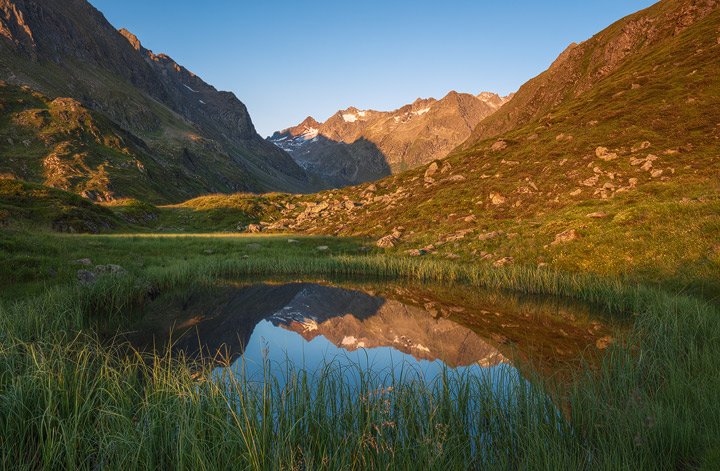An important concept in Landscape Photography is that of exposing to the right. In order to get the best quality and the lowest noise out of a camera sensor I use this technique basically all the time.
So what does exposing to the right mean. The aim here is to brighten up the exposure by increasing the exposure time as much as possible without loosing any highlights. Since most modern cameras have a live histogram in Live-View, this can be used to better visualize the process. So what I do is pushing the histogram as far to the right as possible, without cutting it off at the edge.

In the video below I show my workflow in the field. And I also explain why the Exposure Warning or Highlight Alert setting is so important. With this setting active I usually check the photos for cut off highlights. If necessary I can then make proper adjustments to my camera settings.
And in case one exposure isn't enough, I can easily take a second exposure where I intentionally overexposre. So first I get the base exposure using ettr. Then I bring up the exposure two or more stops and take another photo, which is then exposed for the dark tones. I can later apply exposure blending in photoshop to combine the two.
Also be prepared that a photo, which is exposed to the right, might look to bright on the camera LCD and also later on the PC or Mac. But as long as you don't cut off any highlights this is perfectly fine.
I always shoot raw and can later easily dial down the exposure during post processing. This gives me a photo with proper brightness but with much less noise than if I would have exposed like this from the start.
What's left to say is: do your own tests and play around with your camera settings. Analyse the raw files and find out with what kind of exposures you can get away. Some cameras deal better with shadows, other cameras with highlights. The key is to familiarize yourself with your equipment.

